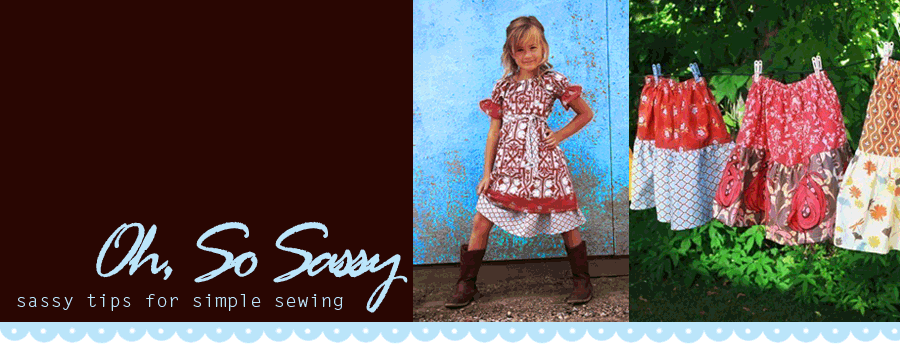



 There is also a diagram of all the pattern pieces. Under the diagram is a list of all the pieces with a letter to the right. The letters correspond with the view of the dress that you are making. If there are no letters to the right, then all views need those pieces. For example, pieces 1 and 2 on this pattern, will be cut out for all views of the skirt. A helpful hint: when I am figuring out which pieces to cut out, I mark the ones that I need with a little dot, so that I don't forget anything or cut out something I shouldn't.
There is also a diagram of all the pattern pieces. Under the diagram is a list of all the pieces with a letter to the right. The letters correspond with the view of the dress that you are making. If there are no letters to the right, then all views need those pieces. For example, pieces 1 and 2 on this pattern, will be cut out for all views of the skirt. A helpful hint: when I am figuring out which pieces to cut out, I mark the ones that I need with a little dot, so that I don't forget anything or cut out something I shouldn't. This picture shows cutting layouts, so you can best use your fabric.
This picture shows cutting layouts, so you can best use your fabric. On the right corner of the front page, there is a "General Directions" page. It tells you all about the signs on the pattern pieces, how to lengthen and shorten your dress and other great things.
On the right corner of the front page, there is a "General Directions" page. It tells you all about the signs on the pattern pieces, how to lengthen and shorten your dress and other great things. Each pattern piece has their number and description on it. This one is "#1 Front and Back". It tells you how many to cut and where to place the fabric. The notches or little triangles on the side are to be cut into the fabric. They will help you line up the other pieces when you sew them together.
Each pattern piece has their number and description on it. This one is "#1 Front and Back". It tells you how many to cut and where to place the fabric. The notches or little triangles on the side are to be cut into the fabric. They will help you line up the other pieces when you sew them together.












 With right sides together sew the coordinating 4 x 45" strip onto the main fabric using 1/4" seam allowance. Press. Then finish the coordinating fabric raw edge by folding under 1/4" and pressing and fold under 1/4" and press again. Then sew along the folded edge.
With right sides together sew the coordinating 4 x 45" strip onto the main fabric using 1/4" seam allowance. Press. Then finish the coordinating fabric raw edge by folding under 1/4" and pressing and fold under 1/4" and press again. Then sew along the folded edge. 






















